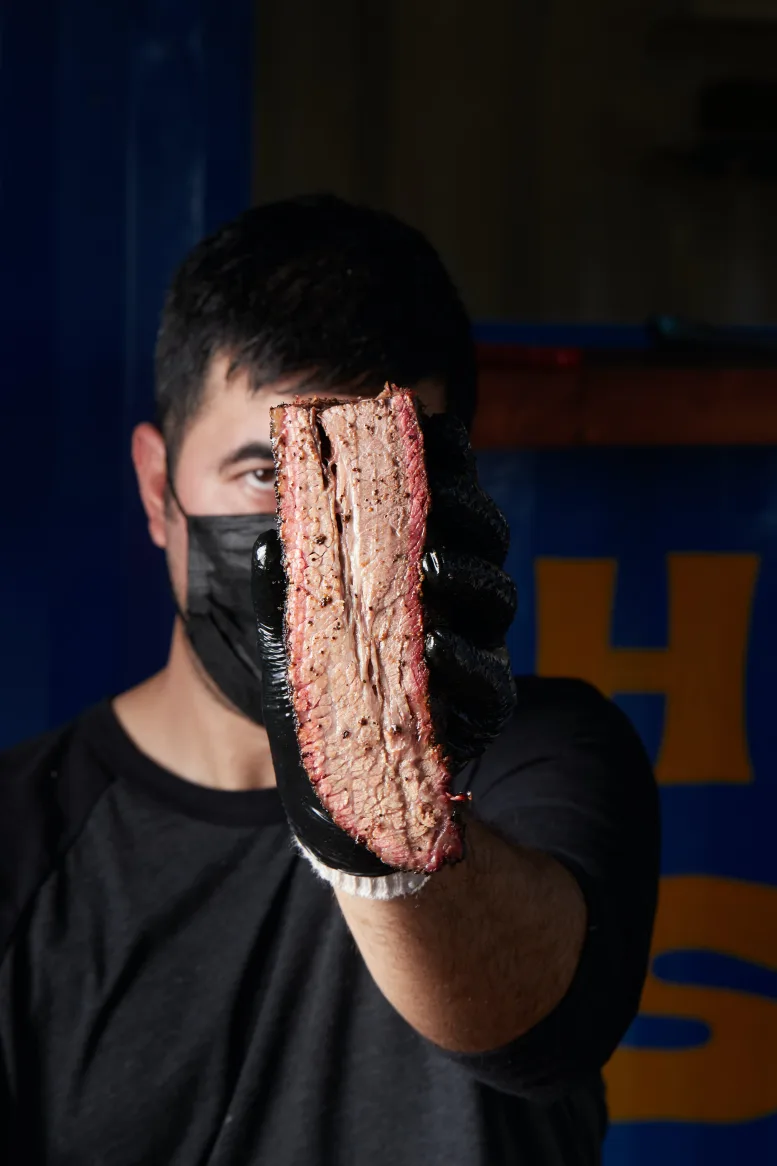Table of Contents
Low and slow cooking is a staple of BBQ, and for a good reason. This method of cooking involves cooking meat at low temperatures for an extended period, resulting in juicy and tender meat. But why is this cooking method so effective? The answer lies in the science behind collagen breakdown and fat rendering.
Collagen Breakdown
Collagen is a protein found in connective tissue in meat. When meat is cooked low and slow, collagen begins to break down, which is essential for creating tender meat. At lower temperatures, collagen begins to melt, and as the meat cooks, it gradually turns into gelatin. Gelatin is what gives meat that melt-in-your-mouth texture.
But why does collagen break down in the first place? The answer lies in the temperature at which collagen melts. Collagen melts at around 160°F, which is why low and slow cooking is so effective. Cooking meat at this temperature allows collagen to break down gradually, resulting in tender meat.
Fat Rendering
Another essential aspect of low and slow cooking is fat rendering. Fat is an important component of meat, and when cooked correctly, it can add a lot of flavor to the finished dish. However, when meat is cooked at high temperatures, the fat can be cooked off, resulting in a dry and flavorless piece of meat.
When meat is cooked low and slow, the fat begins to render, or melt, which results in a more flavorful and juicy piece of meat. As the fat melts, it bastes the meat, adding flavor and moisture. Additionally, as the fat renders, it creates a barrier between the meat and the cooking surface, preventing the meat from sticking and creating a crispy and flavorful crust.
The Science Behind It
So, what is the science behind collagen breakdown and fat rendering? The answer lies in the melting point of collagen and fat. Collagen begins to melt at around 160°F, and fat begins to melt at around 140°F. When meat is cooked low and slow, it is cooked at a temperature that is just above the melting point of fat but below the melting point of collagen.
This temperature allows the fat to render, basting the meat and adding flavor and moisture. Additionally, as the collagen slowly breaks down, it turns into gelatin, giving the meat that melt-in-your-mouth texture.
But low and slow cooking is not just about temperature; it’s also about time. Cooking meat low and slow requires patience, as it can take several hours for collagen to break down and fat to render fully. But the result is a piece of meat that is full of flavor and incredibly tender.
The Final Breakdown
Low and slow cooking is an essential aspect of BBQ, and the science behind collagen breakdown and fat rendering is what makes it so effective. Cooking meat at low temperatures for an extended period allows collagen to break down gradually, resulting in tender meat with a melt-in-your-mouth texture. Additionally, as fat renders, it bastes the meat, adding flavor and moisture. So, the next time you fire up your smoker, remember the science behind low and slow cooking and enjoy a delicious and tender piece of meat.

